Weeping Willow bark coming off. Pictures inside.
Cal_00
9 years ago
Featured Answer
Comments (23)
Cal_00
9 years agoCal_00
9 years agoRelated Professionals
Surprise Landscape Contractors · Matthews Landscape Contractors · Holtsville Landscape Contractors · Leicester Landscape Contractors · Raleigh Landscape Contractors · Waltham Landscape Contractors · Welby Landscape Contractors · Sun Valley Landscape Contractors · Eau Claire Siding & Exteriors · Madison Siding & Exteriors · Southampton Siding & Exteriors · Iowa City Siding & Exteriors · Dearborn Decks, Patios & Outdoor Enclosures · Reisterstown Decks, Patios & Outdoor Enclosures · Salt Lake City Decks, Patios & Outdoor Enclosuresken_adrian Adrian MI cold Z5
9 years agoCal_00
9 years agoCal_00
9 years agolkz5ia
9 years agoCal_00
9 years agoHU-467348
8 years agowisconsitom
8 years agoNevermore44 - 6a
8 years agogardengal48 (PNW Z8/9)
8 years agoNevermore44 - 6a
8 years agoSmivies (Ontario - 5b)
8 years agojalcon
8 years agoken_adrian Adrian MI cold Z5
8 years agoeviejw73
7 years agoScott Habben
7 years agoLogan L Johnson
7 years agoken_adrian Adrian MI cold Z5
7 years agoToronado3800 Zone 6 St Louis
7 years agoLogan L Johnson
7 years agopiper40_2000
7 years agolast modified: 7 years ago
Related Stories

GREEN BUILDINGOff the Grid: Ready to Pull the Plug on City Power?
What to consider if you want to stop relying on public utilities — or just have a more energy-efficient home
Full Story
HOUZZ TOURSHouzz Tour: Just What Mom Wanted, Off the Washington Coast
With an art studio, age-in-place features and a view-maximizing design, this home shows just how well the architect knows his client
Full Story
INSPIRING GARDENSInside Houzz: A Waterfront Property Ditches the Grass for a Garden
New drought-tolerant plantings and outdoor gathering spaces help this California backyard take in the view without wasting space or water
Full Story
LANDSCAPE DESIGNInside Houzz: Soft Geometry in a Modern Wisconsin Garden
In a city known for harsh winters, homeowners enjoy outdoor living inspired by Southern California
Full Story
EVENTSHappy Birthday, Rembrandt: Peek Inside the Dutch Painter’s Former House
The famous Dutch painter surrounded himself with expensive artwork and rare antiquities, which led to a foreclosure on his house
Full Story
EXTERIORSWhere Front Yards Collide: Property Lines in Pictures
Some could be twins; others channel the Odd Couple. You may never look at property boundaries the same way again
Full Story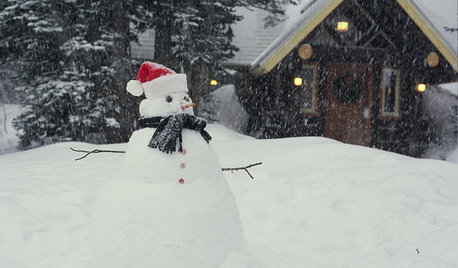
LIFEShare Your Winter Storm Jonas Photos and Survival Tips!
Let’s see your pictures and hear your ideas on how you’re keeping your house warm and staving off cabin fever
Full Story
OUTBUILDINGSMy Houzz: Simply Escapist in Santa Cruz
Thrifty furnishings and a romantic willow tree turn a backyard cabin into a comfy, unpretentious hideaway
Full Story
FALL GARDENINGHouzz Call: Show Us Your Fall Color!
Post pictures of your fall landscape — plants, leaves, wildlife — in the Comments section. Your photo could appear in an upcoming article
Full Story
SUMMER GARDENINGHouzz Call: Please Show Us Your Summer Garden!
Share pictures of your home and yard this summer — we’d love to feature them in an upcoming story
Full Story





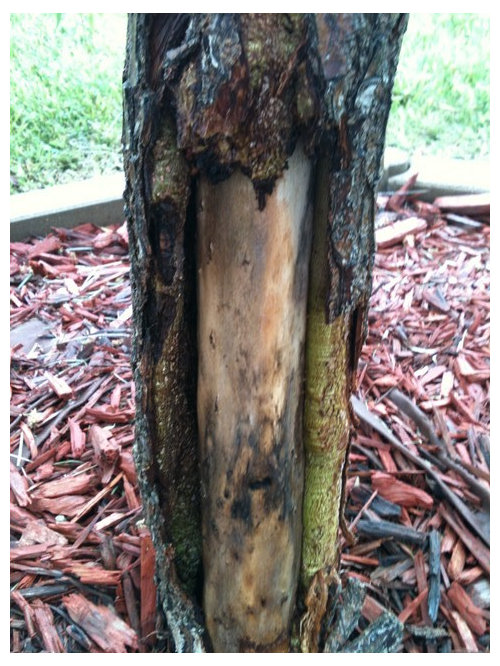


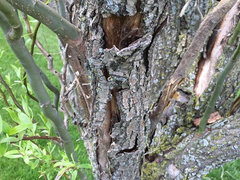
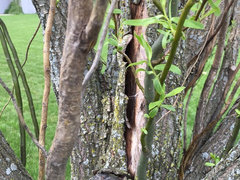

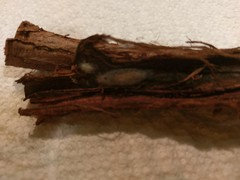



piper40_2000